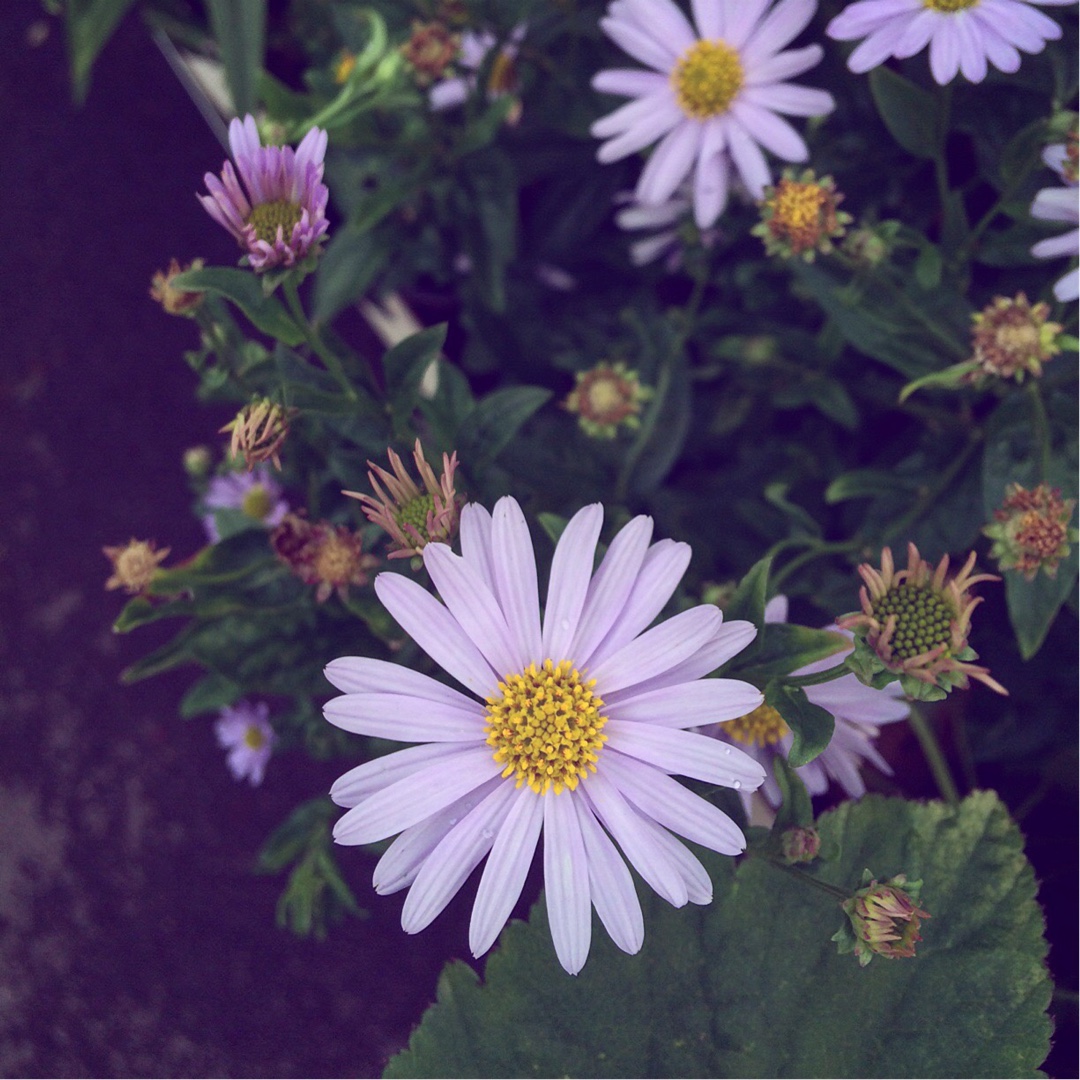
Kalimeris Incisa 'Blue Star'
Korean Aster
Kalimeris is a clumping plant that grows from a stoloniferous rhizome. It bears aster-like flowers, usual of a pale blue colour, from mid Summer through to Autumn. Kalamera incisa 'Blue Star' bears delicate-looking pale blue flowers with yellow eyes. Good for borders, containers or as a cut flower. Loved by butterflies.
Contributed by @hilliergardencentres
-
Full sun to partial shade
-
Very little water
-
Full Frost Hardy: 5F (-15°C)
-
Free draining
Common name
Korean Aster
Latin name
Kalimeris Incisa 'Blue Star'
type
Perennial
family
Asteraceae
ph
5.5 - 8.5 Acid - Neutral
Plant & bloom calendar
-
Best time to plant
-
When the plant will bloom
full grown dimensions
 0.60 M
0.45 M
0.60 M
0.45 M
Kalimeris Incisa 'Blue Star'
Kalimeris is a clumping plant that grows from a stoloniferous rhizome. It bears aster-like flowers, usual of a pale blue colour, from mid Summer through to Autumn. Kalamera incisa 'Blue Star' bears delicate-looking pale blue flowers with yellow eyes. Good for borders, containers or as a cut flower. Loved by butterflies.
Flowering
From Mid Summer TO Mid Autumn
Kalimeris bears it's aster-like flowers from mid Summer to mid Autumn
Planting
From Mid Spring TO Late Spring
Plant in well-draining soil in either full sun or partial sun, in mid to late Spring
Propagating by division
From Early Spring TO Mid Spring
The rhizomes can be divided in Spring to extract new plants. Dig up the whole clump, or a section of the clump, and shake off the soil. You will see a clump of fleshy rhizomes with many shoots. Remove any dead or unhealthy rhizomes, and divide the rest, making sure each division has at least two or three shoots. Re-plant immediately where required










